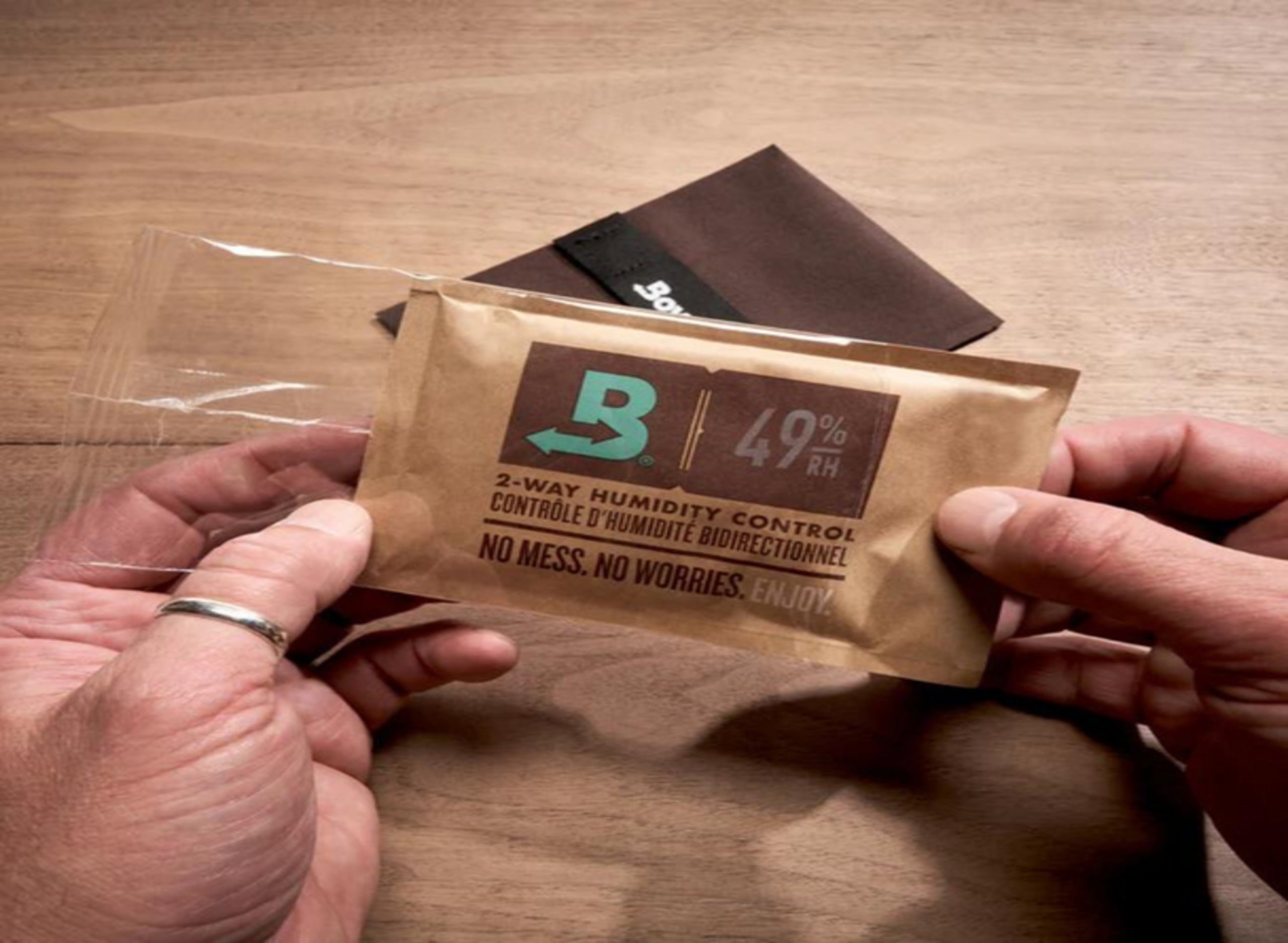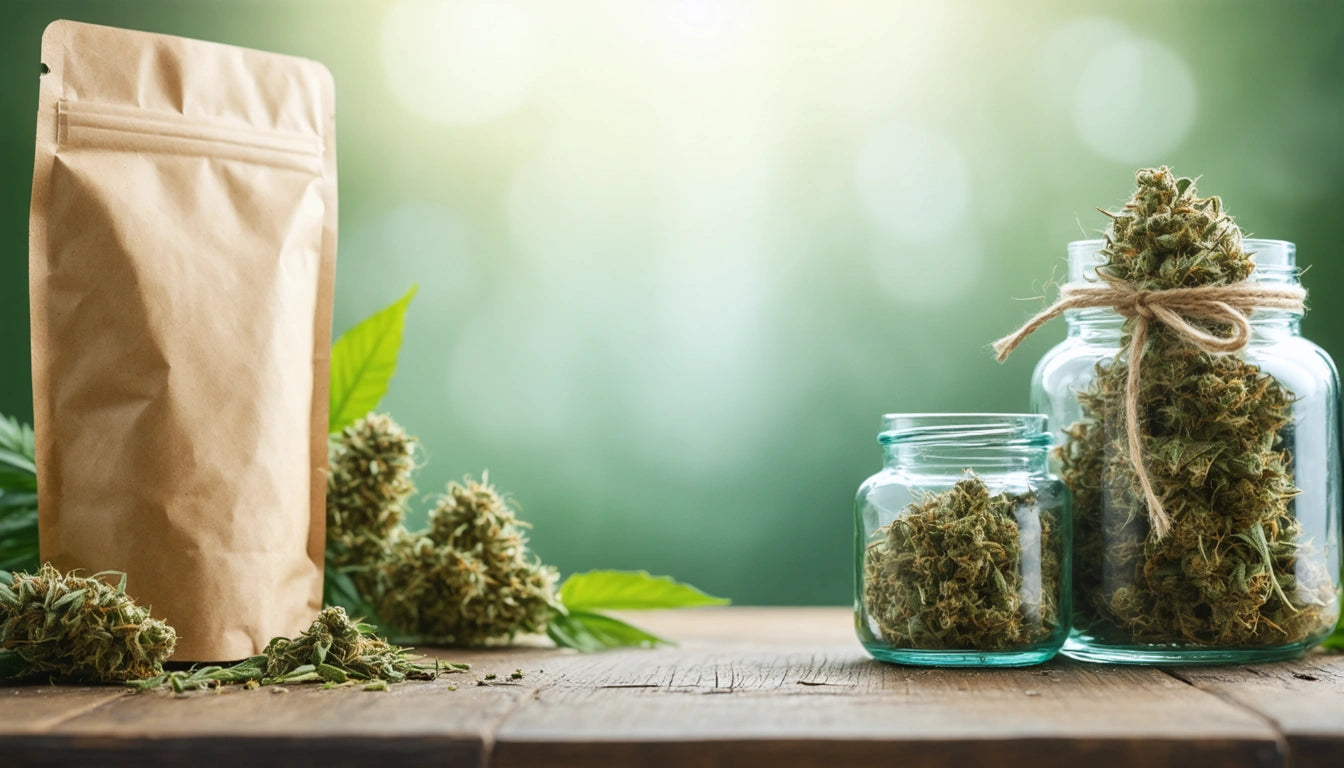Table of Contents
- Evolving Regulatory Landscape for Concentrate Packaging
- Child-Resistant Requirements: The Foundation of Compliance
- Labeling Standards and Information Requirements
- Material Restrictions and Sustainability Mandates
- State-Specific Changes and Market Impact
- Adapting to Regulatory Changes: Strategic Approaches
The cannabis concentrate market continues to expand rapidly, bringing with it increasingly complex packaging regulations. Manufacturers and brands must navigate a patchwork of state-specific rules while preparing for potential federal oversight. Understanding these regulatory changes is critical for maintaining compliance and avoiding costly penalties or product recalls.
Evolving Regulatory Landscape for Concentrate Packaging
Cannabis concentrate packaging faces stricter scrutiny than flower products due to higher potency levels and consistency variations. Recent regulatory trends show a focus on three primary areas: child resistance, comprehensive labeling, and sustainable materials. According to compliance standards for concentrate packaging, regulations continue to evolve with public health concerns driving many changes.
The concentrate sector has seen significant regulatory shifts in the past 18 months, with states implementing new requirements for everything from tamper-evidence to material composition. These changes reflect growing concerns about youth access, consumer safety, and environmental impact.
Child-Resistant Requirements: The Foundation of Compliance
Child-resistant (CR) packaging remains the cornerstone of concentrate regulations nationwide. However, the specific testing standards and certification requirements have become more stringent. Many states now require:
- ASTM D3475 certification for all concentrate containers
- Reclosable child-resistant mechanisms that maintain functionality throughout product life
- Documentation proving containers meet the Poison Prevention Packaging Act standards
The innovative child-resistant packaging technologies article highlights how manufacturers are developing new solutions specifically for sticky, high-potency products like live resin and rosin.
Labeling Standards and Information Requirements
Labeling regulations have expanded dramatically, with concentrate products often requiring more detailed information than other cannabis categories. New requirements frequently include:
- Potency ranges for multiple cannabinoids beyond just THC
- Extraction method disclosure
- Complete terpene profiles
- Expanded warning language specific to concentrate consumption
Designing compliant labels has become increasingly complex, as explained in the guide on how to design labels for concentrates. Many states now mandate minimum font sizes, specific warning symbols, and QR codes linking to certificates of analysis.
Material Restrictions and Sustainability Mandates
Material composition regulations represent one of the fastest-changing areas of concentrate packaging compliance. Several states have introduced:
- Bans on certain plastics for primary concentrate containers
- Requirements for recyclable or compostable materials
- Restrictions on excess packaging materials
- Extended producer responsibility (EPR) programs
The shift toward sustainability is examined in detail in the eco-friendly packaging options for cannabis concentrates article. California and Colorado lead these changes, with other states following their regulatory models.
When selecting packaging for concentrates, many producers are turning to specialized multi-layer barrier bags that meet both child-resistance standards and material composition requirements while providing superior product protection.
State-Specific Changes and Market Impact
Recent regulatory changes vary significantly by state, creating compliance challenges for multi-state operators. Notable developments include:
- California: Updated requirements for heavy metal testing in packaging materials that contact concentrates
- Colorado: New mandates for recyclable or reusable concentrate containers by 2024
- Michigan: Enhanced tamper-evident requirements specific to concentrate products
- Massachusetts: Stricter regulations on silicone containers for certain concentrate types
These variations create significant challenges for brands operating across multiple markets, as detailed in this comprehensive overview of regulatory changes. Many companies are developing modular packaging systems that can be adapted to different state requirements.
Adapting to Regulatory Changes: Strategic Approaches
Forward-thinking concentrate brands are implementing several strategies to manage the evolving regulatory landscape:
- Developing packaging systems with interchangeable components that can be modified for different markets
- Partnering with packaging suppliers who monitor regulatory changes across states
- Investing in packaging materials that exceed current requirements to anticipate future regulations
- Creating digital compliance documentation systems for rapid updates
The distinction between wholesale and retail packaging requirements is becoming increasingly important, as explained in this comparison of wholesale versus retail concentrate packaging.
As regulations continue to evolve, concentrate brands must balance compliance with practical considerations like product preservation. The relationship between packaging materials and product stability is explored in this article on temperature and light impacts, highlighting how regulatory requirements can sometimes conflict with optimal preservation methods.
By staying informed about regulatory changes and working with knowledgeable packaging partners, concentrate manufacturers can navigate this complex landscape while maintaining brand identity and product integrity.











Leave a comment
All comments are moderated before being published.
This site is protected by hCaptcha and the hCaptcha Privacy Policy and Terms of Service apply.